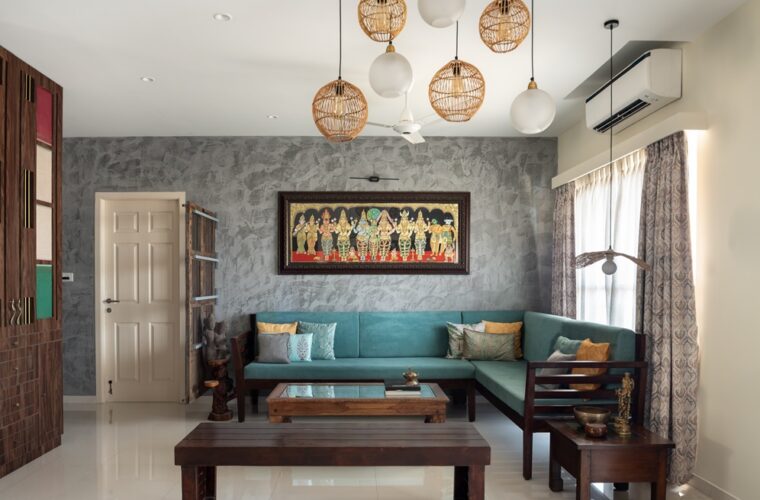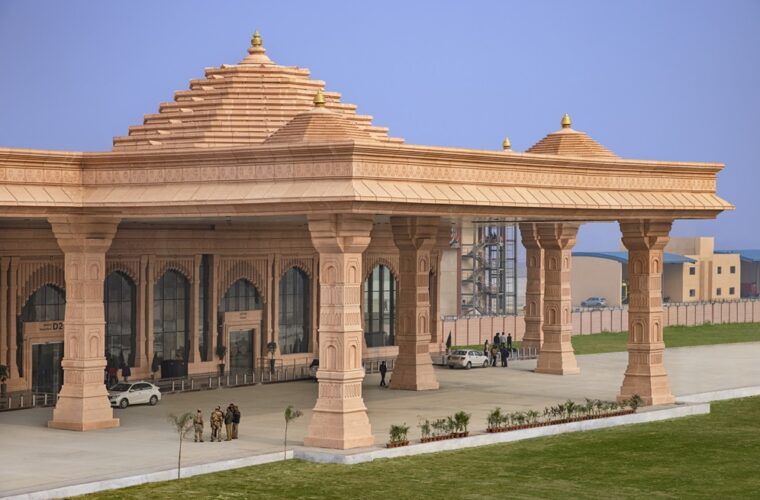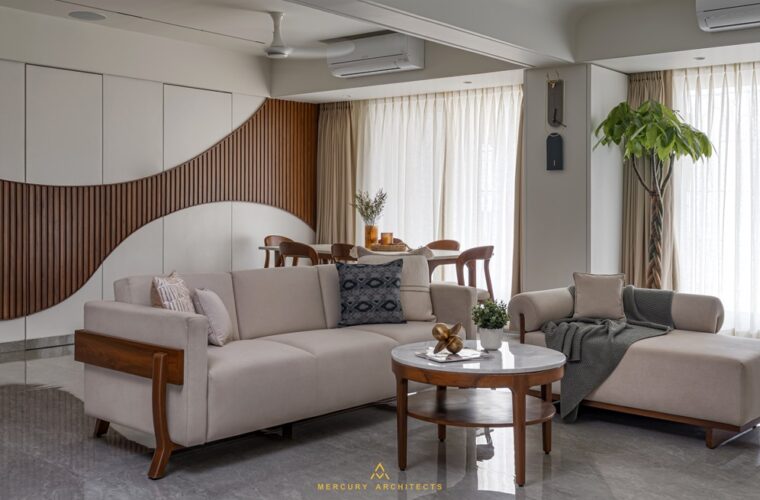A note on vernacular architecture
Text: Apoorva Shroff, Founder and Principal, lyth Design.
Vernacular architecture means being respectful of the context, using local craftsmanship, traditional building methods, and cultural histories. Going beyond design, vernacular architecture offers great solutions for sustainable buildings. Modern or not, all buildings today need to be environmentally responsible, and most challenges of sustainable construction are resolved with regional techniques.
Also, it is a misconception that vernacular materials cannot offer contemporary design solutions. For instance, the Tåkern Visitor Center in Sweden is clad in straw camouflaged like a birdwatcher’s curtain. The gable, where a thatched roof is most vulnerable, is transformed into a glazed skylight and integrates modern glazing with vernacular straw.
In Airavat, we have used local design sensibilities to create architecture that is contemporary yet rooted and respectful of its context. In an effort to be local and less resource-intensive, the load-bearing walls on the site are built using the stones excavated from the site. Using local stone also adds warmth to otherwise Spartan architecture.
The traditional courtyard strategically placed in the center of the home is used as the foolproof method for cross ventilation, keeping the home fresh and connected. Additionally, the geometry of the house uses high ceilings, large corridors, and windows planned across each other to create a funnel effect for the southwest wind, thereby minimizing the need for energy-consuming cooling systems.
Large overhangs on the west, verandahs, and a partially-covered swimming pool create a microclimate that allows the user to experience even in extreme weather conditions. Local building techniques and vernacular environment-sensitive architecture address basic infrastructural challenges posed by the difficult terrain without compromising on user experience or sustainability.
Used as early as 2000 BC in Egyptian construction, lime plaster is softer than stone or brick and it bonds and accommodates slight movements without significant cracking. Best for extreme climates, it keeps the indoors warm during winters and cool during the blazing summer months.














